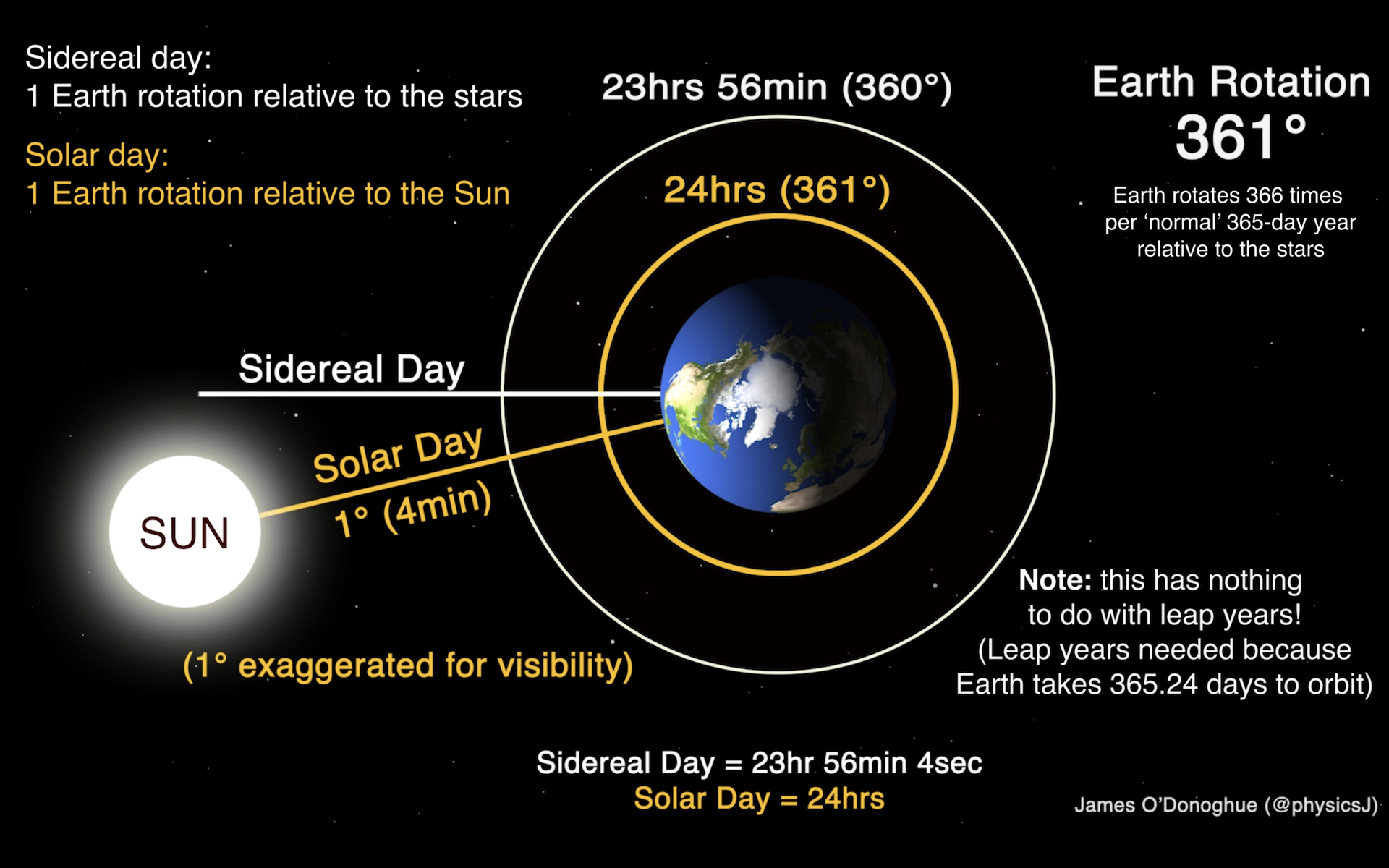Amazing space facts you might not know
The surprising effect of altitude on sunset times
If you have one observer at sea level, and another observer at 1000m above sea level, who will see the sun set first?
Counterintuitively the observer at 1000m above sea level will see it set first, despite being higher up and therefore seeing further over the horizon. This is due to atmospheric refraction being reduced at higher altitudes compared to sea level.
Atmospheric refraction is like a cosmic optical illusion. As light from the sun travels through the Earth’s atmosphere, it bends, much like a straw appears to bend in a glass of water. This bending causes the sun to appear slightly higher in the sky than it actually is, delaying the moment of sunset for those at sea level.
This also means that when the Sun’s disc touches the horizon it has actually already set, but you can still see it due to atmospheric refraction. If the atmosphere disappeared at that point then the sun would also disappear!
Earth spins more than 360º in a day
How many degrees does earth spin in 24 hours?
Without thinking too hard about it I probably would have said 360º, but that’s wrong!
Relative to the stars, Earth actually spins 361º in 24 hours. This is because we’re orbiting the sun, so after spinning 360º we’ve travelled a bit further around the sun, so have to spin an extra 1º to get the sun back to the same point in the sky.
 Image by James O'Donoghue, CC BY 3.0, Link
Image by James O'Donoghue, CC BY 3.0, Link
Related to that, in a “normal” 365 day year, how many full turns do you think the earth makes?
The earth actually makes 366 full turns (relative to the stars) in a 365 day year.
Check out the Sidereal time Wikipedia entry for a more in-depth explanation of this.
Venus spins differently from other planets
Most planets rotate on their axes in an anticlockwise direction as viewed from Earth’s north pole, but Venus rotates clockwise.
This means that Venus is actually spinning “backwards” compared with most1 other planets in the solar system.
Venus also spins very slowly, which means a sidereal day on Venus (sidereal meaning the time it takes to rotate 360º relative to the stars, 243 Earth days) is longer than a year on Venus (225 Earth days).
-
Uranus is the other planet that spins backwards. For added fun it also spins on its side, with an axial tilt of approximately 90º. ↩